Урок на тему "Я одержую задоволення від їжі"
Розробка уроку з англійської мови на тему «Їжа приносить мені задоволення» в 6 класі
Мета: поповнювати лексичний запас учнів з теми,практикувати учнів у читанні різних текстів з невеликим об’ємом з метою обміну інформацією в групах для більшого запам’ятовування за короткий час; розвивати мислення, навички аудіювання, говоріння,виховувати бережливе відношення до продуктів та людей, які їх готують.
Обладнання: відеофільм, малюнки із зображенням посуду для їжі, плакат із правилами побудови речення англійською мовою.
Procedure
- Greeting and aim
- Good morning children! How are you? I am glad to see you today.
- Look at the whiteboard and let us read the proverbs:
- The appetite comes with eating.
- Forbidden fruit is sweetest.
- Man does not live by bread alone.
- Tastes differ.
- All bread is not baked in one oven.
-How do you think why I suggested to read these proverbs to you?
-You are right. Today we are going to talk about meals.
- Look at the blackboard . There are some papers with words and your task is to put them in right order to make up a sentence.
NOT TO KNOW IS BAD NOT TO WISH TO KNOW IS WORSE
Children come up to the blackboard and put the papers with words in the wright order.
- Main part
1. Revising the vocabulary
-Today we will get to know more about British food and drinks, what they like to eat and where they go to have meals.
-But tell me please where do we put our meals? Look at the pictures and answer this question. (№1)
1
Pupils look at the pictures and answer ( in the carton, in the box, in the glass, in the
can, in the jar, in the bowl, in the packet, in the tube, in the bottle).
2. Making up the phrases with these words
-Make up the phrases with words:
1) a___________ of cake 5) a _________of champagne
2) a___________of beer 6) a __________ of jam
3) a ___________ of milk 7) a __________ of toothpaste
4) a____________ of coke 8) a __________ of potato chips
3. Explanation the grammar on some / any
- And now let’s do such activity. Fill in with some /any in the sentences
1) There isn’t ____eggs left at home.
2) She would like to have___ cookies.
3) Pour ____ milk on the cereals.
4) Is there ____water for my friend?
5) I don’t need ____vegetables now.
6) You must buy ____ fruit.
7) My mother wants to have ____ coffee.
8) Sam wants ____milk with tea.
9) Do you need ____ buckwheat with chicken?
10) I don’t have ____ honey.
4. Reading the texts
- Your classmates will read you the basic table manners. Another classmates will show you how to perform these manners.
a) Come to the table with your hands and face clean.
b) Always ask if there is anything you can help to get for dinner.
c) If setting the table, remember BMW:
2
B- bread and M -milk go on the left and
W –water goes on the right.
d) Watch the host to see when you should unfold your napkin: do like he / she does.
e) Wait until everyone is served before eating.
f) Never, ever chew with your mouth open.
g) Never stuff your mouth –take small bites.
h) Do not interrupt when someone else or talking.
i) Never reach to get something – ask your table mates to pass something you need.
j) Put your napkins on the chair, not the table.
k) Always push your chair in when finished.
l) Always pick up your plate and say ‘Thank you’.
5.Listening activity
- You will watch a video about the meals in Britain. Be attentive as you will have to say if the statements are true or false.
The pupils watch the video and I stop it if need to explain the pupils the new vocabulary. (№ 2)
-And now pupils look at the sheets of papers on your desks and write if the statements are true or false:
1) Usual breakfast in Britain is cereal, toasts with jam or marmalade and milk.
2) Mr. Robinson likes soup, cutlets and water for breakfast.
3) Lunch is about 10 o’clock in England.
4) At lunch people usually have a break of 2 hours.
5) Most people buy their food from the supermarkets.
6) Dinner is usually at 6 o’clock .
7) British people love only British food.
8) There are restaurants from more than 42 different countries in Britain.
3
9) British people like Chinese and Italian food.
10) Some teenagers in Britain are vegetarians.
- And now children look at the blackboard . What flower can you see? (it’s a daffodil)
I will give you pestles of the daffodil with questions written on them . Read the questions and answer them. After that come up to the board and stick pestles on to form a flower of daffodil.
- What do British eat at lunch?
- When do British have their lunch?
- How long do the British have lunch?
- Where do the British buy food ?
- What meals do the British teenagers like and dislike to eat?
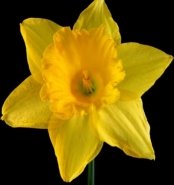
- Writing activity
- Now let’s think how can we cook our meals? Look at the whiteboard and say what can we do with food? ( the pupils look at the pictures and answer that we can CUT, PEEL, BOIL, FRY, POUR, ADD, MIX, SLICE to cook meals).
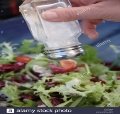
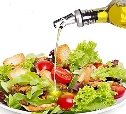
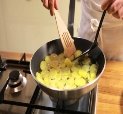
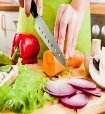
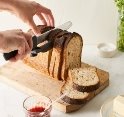
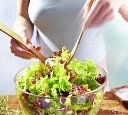
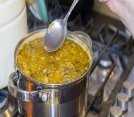
-You have pictures of fruit and vegetables on your desks. Write what you can do with
4
them ( I can cut onions, I can peel potatoes, I can boil beets, I can fry carrots…).
After that you will act out the dialogues in pairs using these questions:
-What can you do with onions?
- Can you pour some juice / milk/ coffee/ tea/ water when your friend asks you to do this?
- What can you peel?
- Do you add any salt when you cook salad?
- What can you fry?
-And now children you have sheets of paper on your desks. Your task is to make up a receipt of your favourite dish by writing what you will do with all these ingredients. For example,
-To prepare this salad you have to peel carrots, cucumbers, onions, cucumbers than cut them, add some salt, pour some oil, mix them and put into the bowl.
(Children have pictures with different meals on their desks and choose which one they will describe. After the task is finished they take pictures and the receipts and
say how to cook these dishes).
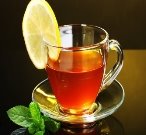
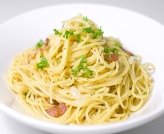

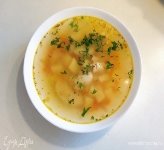
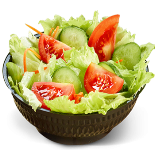

At the end of the lesson I give each pupil a sheet of paper and ask to express their mood by drawing like this:
5
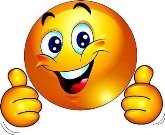
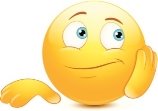

- SUMMARISING AND HOMETASK
- Well children, who can tell me what new did you remember at our lesson?
- Do you know how to cook meals now?
- Will you share your receipt with your friends?
- Your hometask for the next lesson is to make a presentation about your favourite dish and say how you prepare it.
- Good bye, children.
6
ДОДАТКИ
Додаток №1
8
Додаток №2
https://www.youtube.com/watch?v=IcdC7CVHDaQ
9

про публікацію авторської розробки
Додати розробку

